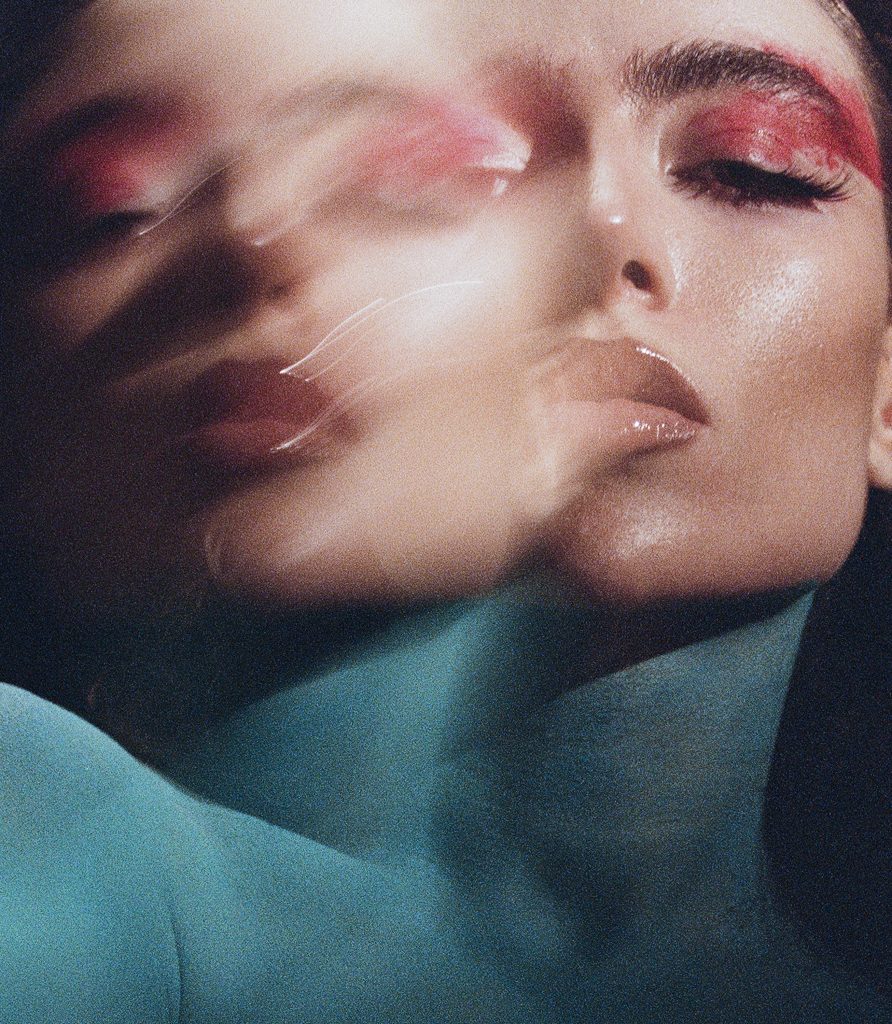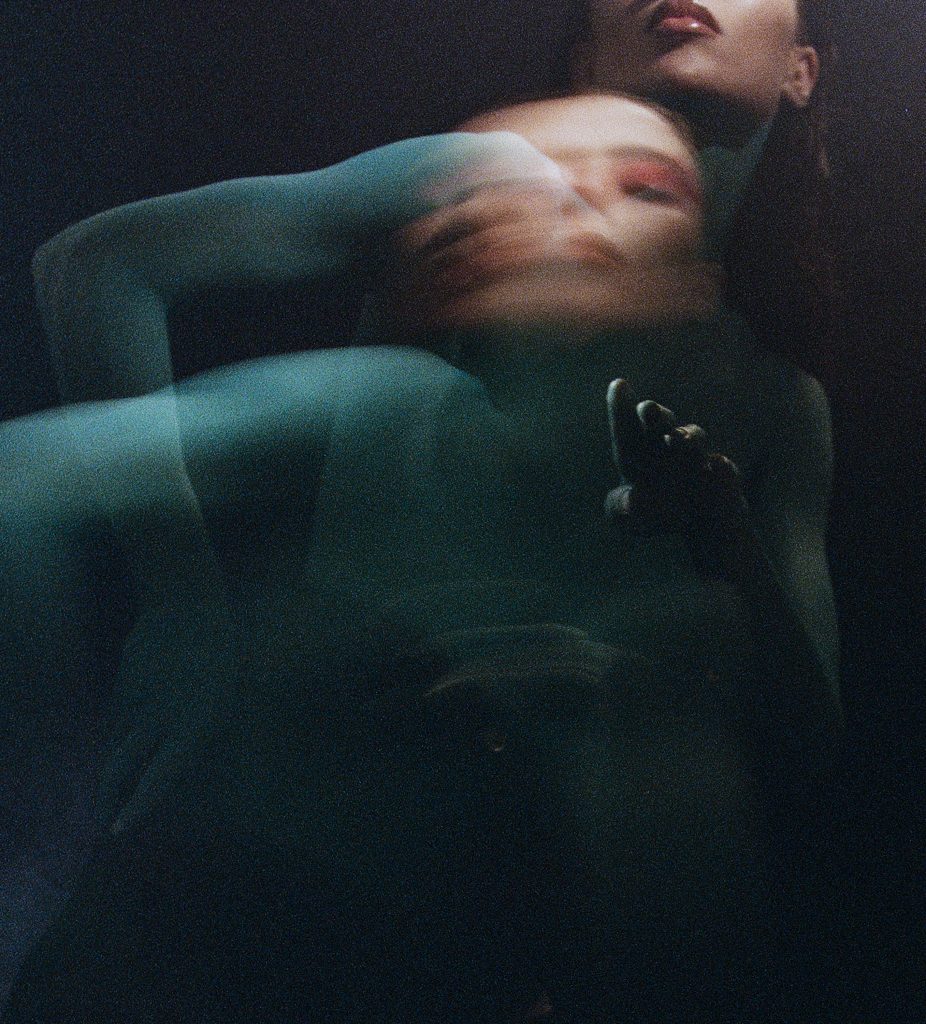Tarek Mawad is the visionary artist who has captivated the contemporary art scene by applying his diversified knowledge in sculpture, 3D mapping, lighting design, and projection mapping. His work merges art and technology in mesmerizing ways and showcases a profound exploration of light as a protagonist. On the pages of hube, Tarek’s collaboration with Damien Jalet resulted in a magical photoshoot that brought to life a strong artistic statement. Join us to gain insights into Tarek’s extraordinary journey, as we delve into the mind of this shining artist, looking into the secrets behind his creative process, unwavering motivation and bold vision for the future of art.


hube: How did you move from 3D mapping to photography? Have your past practices influenced what you’re doing now?
Tarek Mawad: I studied media art and design with the goal of becoming a 3D artist. I was drawn to a skill that would enable me to create my own world and express my creativity fully. Motion, specifically 3D animation and sculpting, fascinated me as it allowed me to observe and study various forms and shapes.
To bring my scenes to life, I had to build them from scratch and meticulously set the lighting. This required me to understand the behaviour of light. So, I would walk around the streets, observing how light bounced off buildings and trying to comprehend the physics of colour-bleeding, the difference between hard and soft light, and how light interacted with different textures, such as skin and other materials. Reproducing these physical aspects through 3D software helped me understand the behaviour of light and achieve realistic-looking 3D scenes.
Over time, I began to feel disconnected from reality somehow and wanted to work directly in nature and with humans. While being a 3D artist was fun, it often involved fixing bugs and spending long hours in front of a computer screen. I missed the tangible aspect of creating something with my hands. This led me to explore light installation and projection mapping.
Together with my former colleague Friedrich van Schoor, who introduced me to projection mapping, we started creating unique and well-known works in these fields, as they were not widely known techniques at the time. Equipped with a generator and necessary equipment, we spent six weeks in the forest, projecting light onto organic objects like leaves, fungi, and trees. Experiencing the light in real life and witnessing its transformative power was truly amazing. We documented our journey and created a film called Bioluminescent Forest which gained huge attention worldwide. We made another film called Lucid in Iceland, where we projected minimal light shapes onto the surreal landscape, breathing a futuristic and vibrant life into them.
I eventually decided to shift my focus to photography and film. It was an instinctive decision, driven by a belief in my potential. I collaborated with a model named Hanna Goldfisch, who is now my closest friend, combining precise projection mapping with analogue medium format film. This series sparked a trend on social media and gained significant attention.
Working with humans and exploring the depths of their psyche has always intrigued me. I enjoy creating genuine moments and capturing lasting memories. I love building universes around the unique faces and personas in front of my lens. In many ways, it’s a continuation of what I used to do in the realm of 3D, but now in the real world.
Authenticity and a deep connection are vital to me, which is why I rely on 100 percent focus and intuition in my work. Shooting with film cameras allows me to tell a much larger story about a moment, movement, and the connection between the subject and the artist behind the lens.
To summarise your question, my background with technical knowledge has shaped me into a multidisciplinary artist, constantly generating endless ideas and combinations through experiments with light, cameras, sculpture, nature, and other intriguing elements. However, I sometimes struggle to keep up with all the possibilities, which is why I am grateful to always have my sketchbook with me.
So, after more than 10 years of experimenting with different techniques, I can confidently say that it has been a worthwhile journey.
h: It seems like technology is moving faster than we think. If the future truly is digital, can you see yourself going back to your older practices?
TM: I constantly draw inspiration from my previous artistic endeavours, contemplating how I can blend different disciplines and exploring various techniques. For me, this is a creative playground, where I keep the fusion of photography and other mediums at the forefront of my mind.
By understanding both old and new techniques, I can unlock the door to a new art form that allows me to convey compelling and sophisticated stories. There are instances where I revisit old practices if they align with the ideas brewing in my mind. However, I could never envision myself working only as a 3D artist again.

